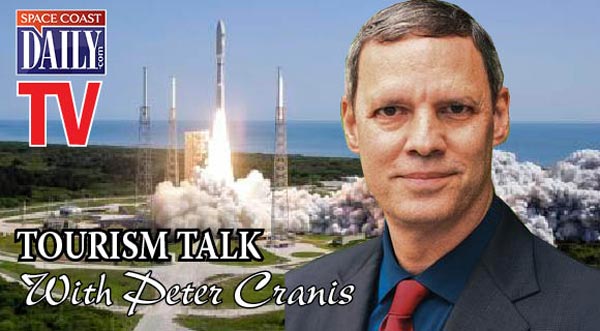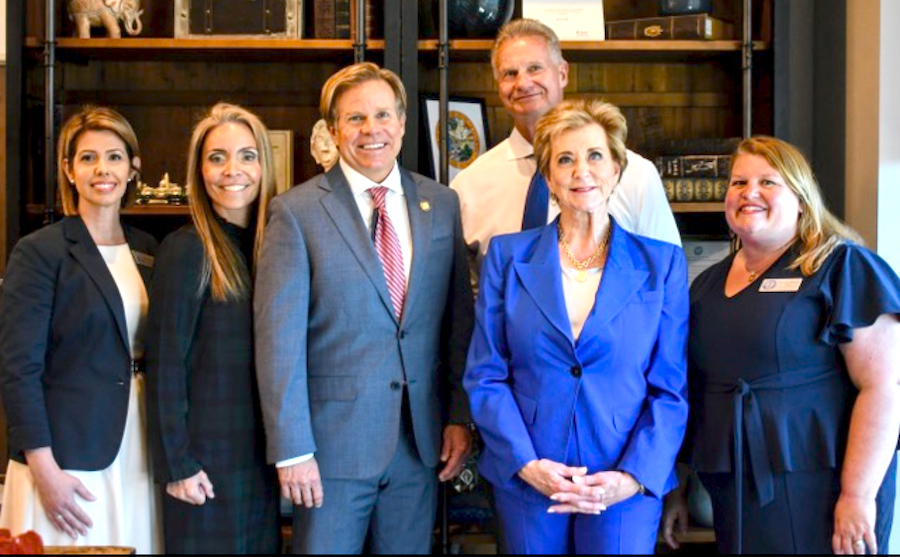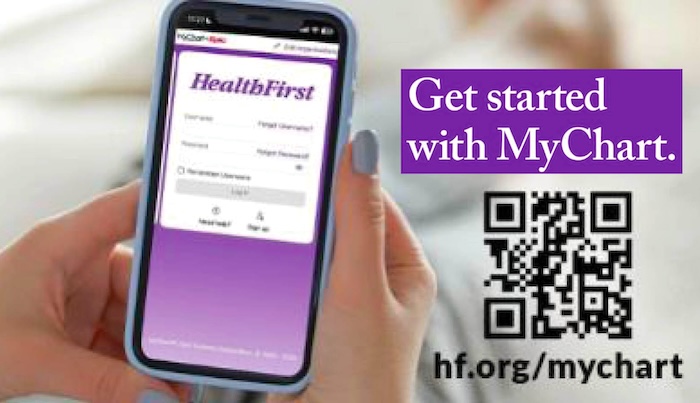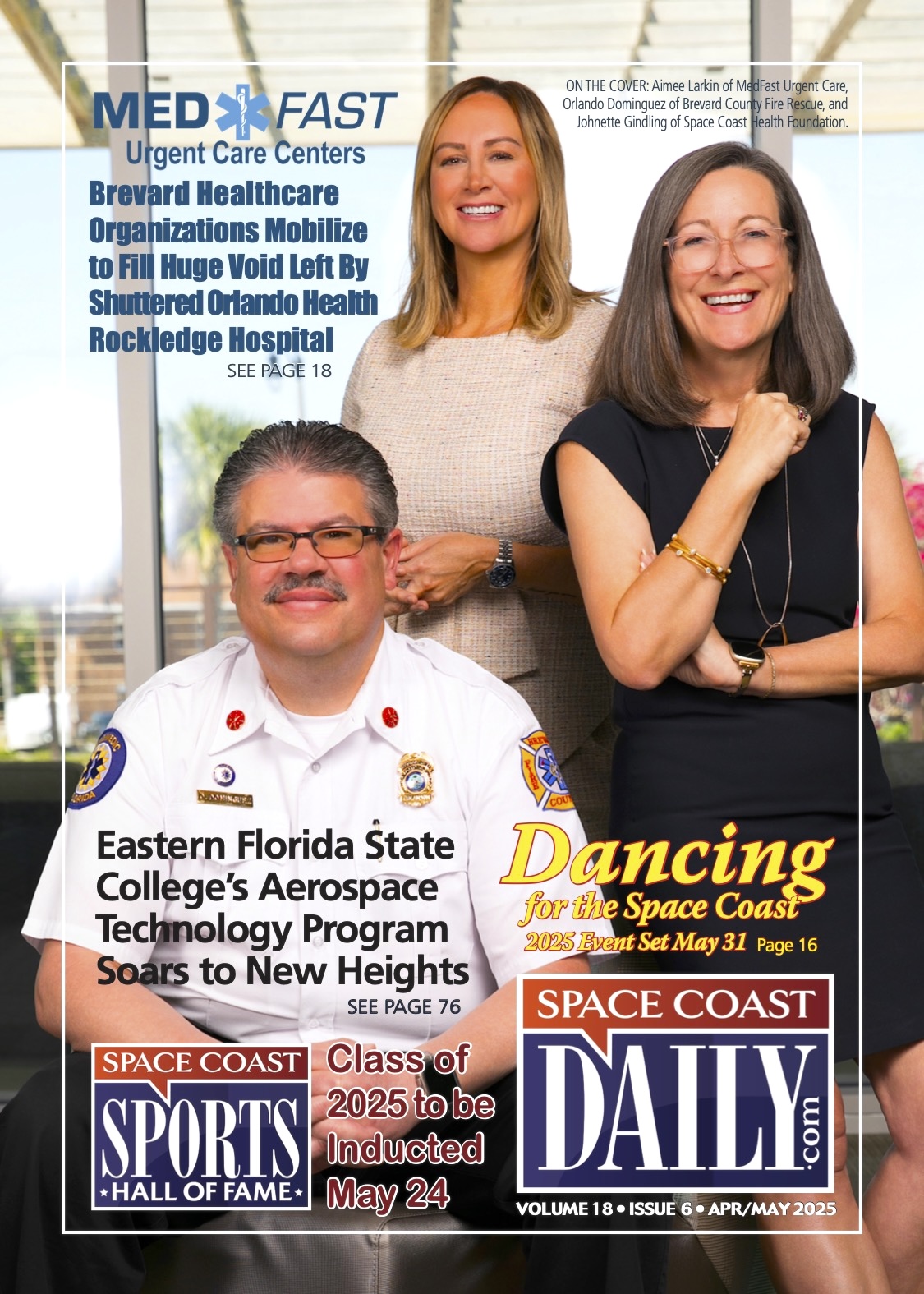NASA HISTORY: July 1961 – How Do We Actually Get To and From the Moon?
By Space Coast Daily // July 12, 2016
lunar orbit rendezvous method

NASA – In the summer of 1961, NASA was seriously considering the particulars of getting to the Moon by the end of the decade. One of the first questions on everyone’s mind was: “How do we actually get to and from the Moon?”
Serious consideration was given to 3 options or mission modes: direct ascent, Earth-orbit rendezvous, and Lunar-orbit rendezvous. Direct ascent required the development of a single huge rocket booster that could land on the Moon and return. NASA realized that this plan would be enormously expensive and the rocket could not be developed within the decade.
NASA focused on the concept of Earth-orbit rendezvous (EOR). The main idea of EOR was to launch several spacecraft independently on mid-sized Saturn rockets. The astronauts would then assemble, fuel, and detach a lunar mission vehicle from the joined modules and fly directly to the Moon.
Many NASA leaders strongly supported this idea, particularly the concept of creating a space station of sorts. However, a few engineers were strong believers in the concept of lunar orbit rendezvous. The concept was suggested by engineer Tom Dolan and was largely ignored until it was strongly championed by Langley engineer, John Houbolt.
The proposal used a larger Saturn rocket to carry a pair of smaller spacecraft to lunar orbit. One of them would ferry part of the crew to and from the lunar surface. In the days before orbital rendezvous had even been tried, the idea of rendezvous operations far away in lunar orbit was considered dangerous and impractical. Within a year though the decision had been made.
On July 11, 1962, Administrator James Webb announced that NASA’s Apollo Program would land on the Moon using the lunar orbit rendezvous method.
CLICK HERE FOR NASA AND SPACE NEWS













